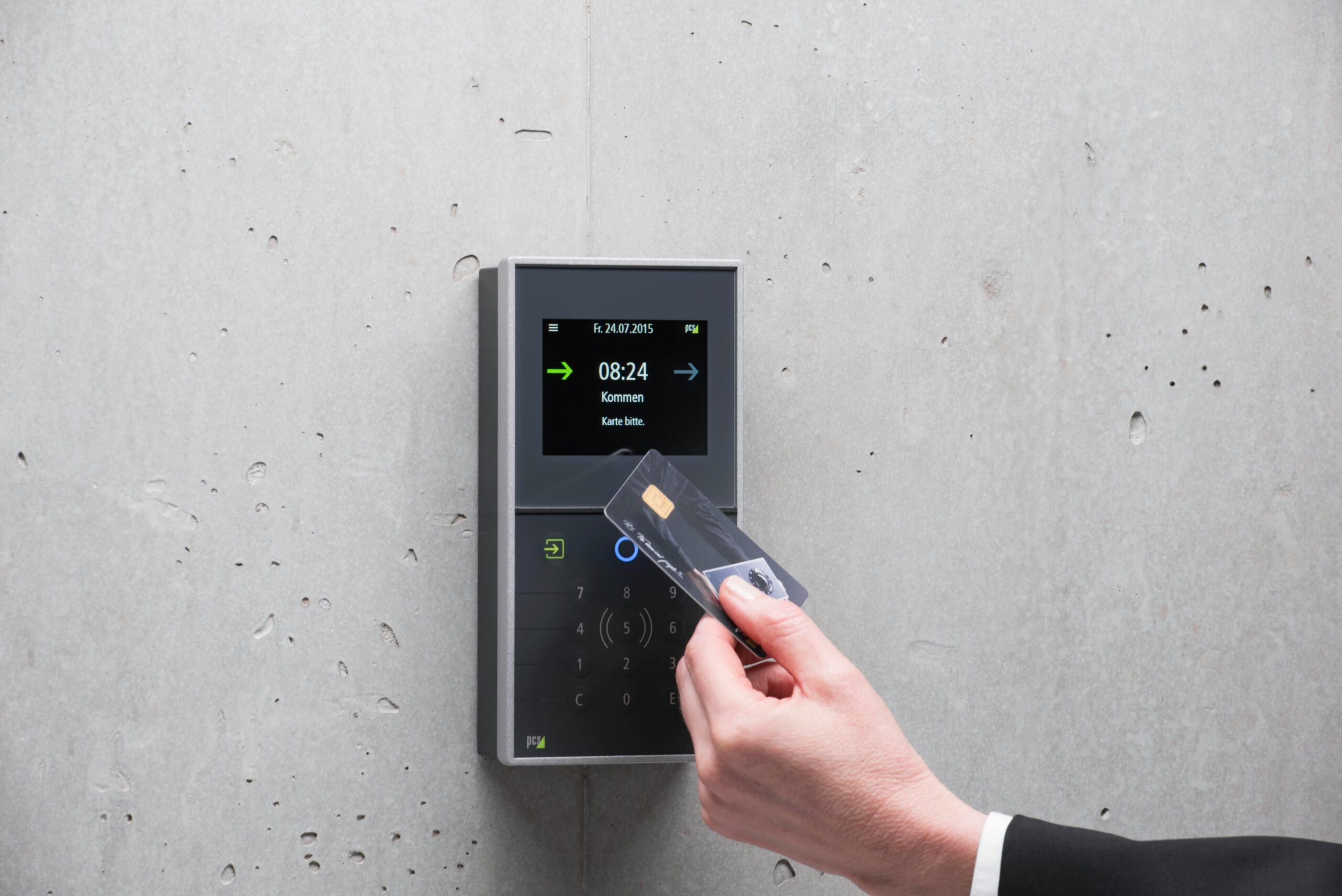Currently, businesses rely on data, systems, and applications- their digital assets. What they need now are strong authentication methods that are no longer optional but rather crucial. Cyber threats have risen to 1, and this calls for reliable security.
This article is presented here because security controls such as strong authentication help mitigate risk regarding unauthorized access.. Tech Innovations LLC (techbillion7.com) explores the various authentication techniques, their benefits, challenges, and best practices to help secure access in a digital environment.
1. Introduction to Authentication
It becomes likely to say that authentication is the topmost among the different types of the foundations of digital security. It really controls the identities of users, devices, or systems as they try to gain access to a certain network or application. Failure to have proper authentication controls in place would expose organizations to numerous cyber threats like data breaches, malware, and identity theft.
2. Types of Authentication
Authentication can be broadly classified into three types:
Knowledge-Based: It refers to something known only to a user, such as passwords or a Personal Identification Number (PIN).
Possession-Based: It refers to possession by an entity, such as a smart card or a mobile token.
Inherence-Based: It includes identity attributes, such as fingerprints and facial recognition.
Each of these has its strengths, with different levels of security and convenience for the user.
3. Traditional Authentication Methods
Password-Based Authentication (PBA)
Passwords have become common but are considered the weakest link in the security chain because of the following vulnerabilities:
1. Phishing
2. Brute-force attacks
3. Credential stuffing
To combat them, Tech Innovations LLC recommends implementing a strong password policy and utilizing password managers.
Two-Factor Authentication (2FA)
Two-factor authentication (2FA) enhances security by requiring two credentials from different categories, such as when a user enters a password (knowledge) and then verifies the code sent to their phone (possession). Even if the password were compromised, the second factor would prevent an attacker from gaining access.
Multi-Factor Authentication (MFA)
MFA takes several forms beyond 2FA; it combines several different authentication methods- witnesses, passwords, biometrics, and mobile devices- to create a new and powerful layer in which the authentication controls become much more difficult to bypass for attackers.
4. Advanced Authentication Techniques
Biometric Authentication
Possibilities of unique and difficult to replicate forms of identification, for example:
Fingerprint Scanning
Facial Recognition
Iris Scanning
Voice Authentication
Although these technologies are increasingly being integrated into high-security systems, they need to be kept in conjunction with strong measures for data privacy.
Single Sign-On (SSO)
SSO enables users to log in to one system while securely accessing multiple systems. This enhances user experience while reducing password fatigue.
Certificate-based Authentication
This method essentially utilizes certificates issued by trusted authorities to ascertain an identity. Its common applications are in secure communications, such as HTTPS, and enterprise systems.
Blockchain-Based Authentication
The authentication provides a different avenue in identity verification by storing authentication information in a distributed ledger resistant to tempering. This method holds promise of increased security, transparency, and resistance to cyber threats.
5. Challenges in Authentication
- The best of advanced authentication systems must still face the common challenges that arise as follows:
- 1. User Experience: That is, many steps tend to discourage compliance.
- 2. Security vs. Convenience: A stronger method is likely to be complicated.
- 3. Cost: Advanced solution implementation can be expensive, especially for small and medium enterprises.
- 4. Privacy Considerations: Particularly valid in cases where biometrics are involved. There are thus four common problems that more or less affect every advanced authentication method, and they are as follows:
6. Best Practices for Digital Access Security
Tech Innovations LLC has designed the following strategies to improve your authentication techniques:
Establish Strong Policies: Enforce complex password rules and change protocols regularly.
MFA and 2FA: Provide layers of security for sensitive information.
Securing Biometric Data: Protect the storage and processing of biometric identifiers.
User Education: Training and awareness for staff against phishing and other unhealthy practices.
Conduct Access Audits: Regular reviews of who has access and what is being done for.
Implement Single Sign-On: Significantly simplify access while remaining secure.
Stay Current with Technology Trends: Observing and adopting the latest technologies related to authentication.
Tech Innovations LLC has designed the following strategies to improve your authentication techniques:
Establish Strong Policies. Enforce complex password rules and change protocols regularly.:
MFA and 2FA: Provide layers of security for sensitive information.
Securing Biometric Data: Protect the storage and processing of biometric identifiers.
User Education: Training and awareness for staff against phishing and other unhealthy practices.
Conduct Access Audits: Regular reviews of who has access and what is being done for.
Implement Single Sign-On: Significantly simplify access while remaining secure.
Stay Current with Technology Trends: Observing and adopting the latest technologies related to authentication.
7. Conclusion
As cyber threats 1 As, systems become more complex, and the need for layered and strong authentication also grows. From the traditional password through blockchain and biometric tools, any measure applied effectively puts weight against risk.
An effective authentication scheme combines various approaches and best practices for protecting the digital assets of the organization. A technology partner like Tech Innovations LLC, which is security-focused, will ensure that your authentication systems are not only cutting-edge but also robust against newer threats.





